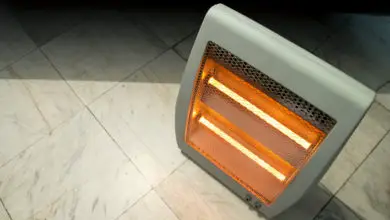Also known as geothermal heating pumps or ground source heat pumps, this is a centralized form of heating system that does inter-heat transfer between the ground and the human environment. Geothermal heaters are used to harness the heat absorbed by the earth from solar energy for heating and cooling purposes in winter and summer respectively. The earth’s surface maintains a constant temperature between 10-16C at depths of about 6metres beneath the earth surface.
Geothermal heating and cooling systems have the advantage that the presence of geothermal heaters does not affect the fairly constant temperature in the ground. So, in the same way, that a refrigerator or air conditioner works, geothermal heaters facilitate heat transfer from the earth.
Another plus for geothermal heaters is they are capable of transferring heat against its gradient, from cooler to warmer regions. They can also transfer heat in line with the standard heat gradient, from the hotter earth to more relaxed space.
When you compare geothermal heating and cooling systems with air-source heat pumps, ground source heat pumps (geothermal heaters) are much more efficient than the latter. This is apparently explained by the fact that temperature beneath the earth’s surface has been relatively constant throughout the year.
Unlike air source heat pumps that are easily affected by seasonal variations in temperature, geothermal heaters do not have this limitation as seasonal variations in temperature reduce with increasing depth, while below 7 meters, they fade completely.
During winter, geothermal heaters extract heat from the earth for heating, and in summer, they remove heat from the air to achieve cooling; while the heat extracted is transferred back to the earth. However, not all geothermal heaters are designed to do this double function; some are tailored to perform either cooling or heating function according to weather conditions.
Geothermal heaters can attain high coefficient of performance even on the coldest of winter nights about 3 to 6 in CoP (coefficient of performance) rating. This is thrice the rate attained by air source heat pumps on normal winter days.
Installation cost of geothermal systems is indeed high when compared with that of conventional methods. However, the margin could easily be effaced within 3-10 years from your energy savings. And with federal and state incentives, together with utility tax credits, you can recover your cost within a few years.
Additionally, owing to the cost, geothermal heating systems add value to the equity of your home.
Geothermal heat pumps can be easily incorporated into existing heating and cooling systems like forced air and radiant floor heating. This requires special expertise.
Contrary to how many of HVAC work, geothermal heating, and cooling systems do not make use of fossil fuels; instead electricity is used to harness the earth’s thermal inertia.
Manufacturing industries would find geothermal heating and cooling systems a must need as the lifespan is over 25 years for the outside components and over 50 years for the inner ones. This doubles the lifespan of conventional heating and cooling systems.





